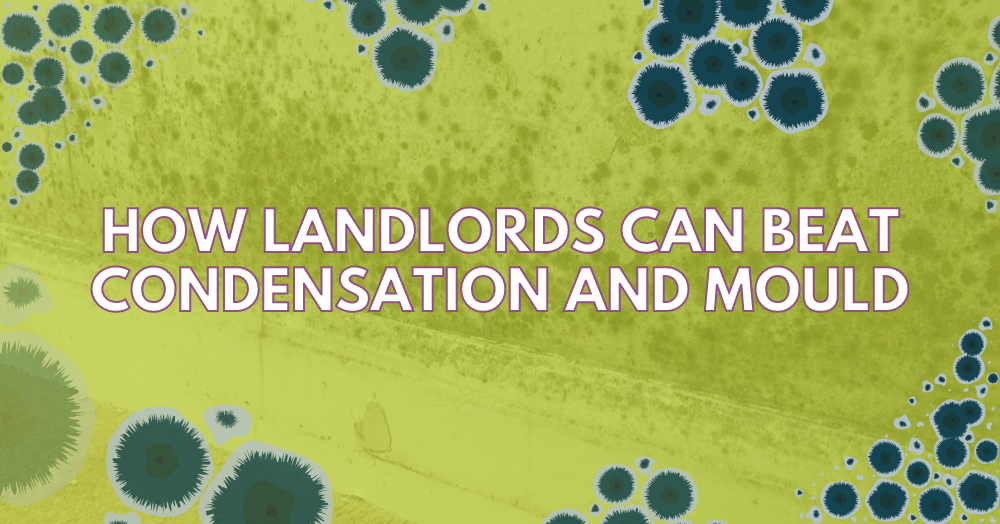
Combatting Condensation and Mould: Landlords and Tenants Working Together
When it comes to condensation and mould, landlords and tenants need to join forces to address these issues effectively. In this article, we will explore practical steps that both parties can take to combat these problems and maintain a healthy living environment. Read on to find out more.
Condensation and mould often go hand in hand. If you have condensation issues, it won’t be long before you find yourself battling mould as well. Condensation occurs when warm air comes into contact with cold surfaces or when there is excessive humidity in the air. As the air cools, droplets form, creating a damp environment that provides the perfect breeding ground for mould. Mould typically appears as black, green, or brown spots and is commonly found in bathrooms and kitchens, although it can thrive in any damp or humid location.
Both landlords and tenants have responsibilities in preventing and addressing mould-related problems. Landlords must ensure that there are no structural or maintenance issues that could contribute to mould growth, and they should promptly address any mould problems that may affect the health and safety of the tenant. On the other hand, tenants should keep the property clean and adequately ventilated, and they must report any signs of mould to the landlord. It is essential to approach the issue constructively rather than engaging in a blame game.
Let’s take a closer look at the steps that landlords can take to combat condensation and mould:
- Ensure the property is well-ventilated to promote air circulation.
- Regularly check that the heating system is functioning effectively.
- Insulate the property properly to prevent cold surfaces.
- During regular inspections, be vigilant for signs of mould and ensure that extractor fans are in good working condition.
- Promptly address any maintenance issues, such as leaky plumbing, guttering problems, missing roof tiles, or damage to the damp-proof course.
- Regularly clear out gutters and drains to prevent blockages.
- Act swiftly if mould appears, removing it and applying anti-mould paint as necessary.
- Communicate with tenants about the issue, raising awareness and encouraging their cooperation.
Now let’s explore the measures tenants can take to contribute to the fight against condensation and mould:
- Avoid drying clothes indoors with the windows closed; instead, use external drying areas or a well-ventilated space.
- Leave a gap of at least 10cm between furniture and walls to allow for proper air circulation.
- Open windows regularly to allow fresh air to circulate throughout the property.
- Utilize extractor fans when cooking and showering to remove excess moisture.
- Wipe down wet surfaces, such as shower screens and curtains, to prevent moisture buildup.
- Close the kitchen door while cooking to prevent moist air from spreading to other parts of the property.
- Promptly report any signs of mould or necessary repairs to the landlord or letting agent.
By following these practical guidelines, landlords and tenants can work together to combat condensation and mould effectively. Remember, if you need further advice or assistance in managing your rental property, do not hesitate to reach out to us. Contact us today and let us help you maintain a healthy and comfortable living space for everyone involved.



